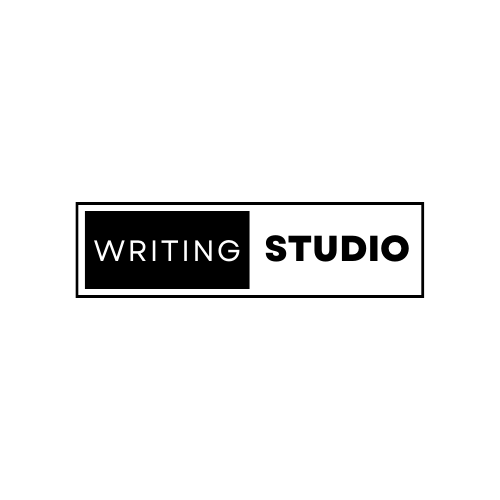
WHAT IS CONTENT MARKETING?
Before we dive into the world of Content Marketing, let us take a step back and learn some basics about content.
- Content is anything consumed on or offline.
- Content comes is many shapes and forms, including but not limited to: email, text, images, GIF’s, video, eBooks, infographics and reports.
- Content has evolved dramatically making it more difficult than ever to connect with your intended audience and keep them engaged with your content.
- 87% of B2B marketers say they struggle to develop compelling content. — Forrester
- Content is exchanged daily on many of our favourite online platforms.
- Most readers spend only 37 seconds reading an article online. – NewsCred Insights
In this lesson you will learn what content marketing is and how to conduct a content audit.

WHAT IS CONTENT MARKETING?
Developing content with the goal of attracting a clearly defined audience. It is the strategic approach to developing content to acquire interest, generate leads or build brand awareness. The majority of companies online today will engage in some form of content marketing. Content marketing assets include: websites, blogs, brochures, infographics, videos, case studies, eBooks, surveys, social media posts and reviews.
WHY TO WE NEED TO INVEST IN CONTENT MARKETING?
Content is key when building your brand profile online. If you have a website that doesn’t create the right content for your products and services then you will find it very difficult to be successful online. Your content can be used in several ways but the most important reason to invest in content marketing is to engage with your target audience.
Consistent distribution of high quality content can differentiate you from your competitors, increase brand loyalty, establish trust and improve conversions.
THINGS TO CONSIDER BEFORE YOU CREATE ANY CONTENT
- Clearly define your content marketing objectives
- Know your identity
- Be mindful of tone and personality
- Review your services
- Assess all features available
- Break the rules
CONDUCTING A CONTENT AUDIT
It may seem like you know all of the content that you have at your disposal. However, there may be some hidden gems in older forms of content that you have forgotten about. For this task, we like to think both online and offline. An informative content audit will identify weaknesses and opportunities in your content strategy.
Here are the steps that you need to take to conduct a manageable content audit:
Step 1. Take Stock of your Content
What kind of materials do you currently use: leaflets, newsletters, flyers, video, brochures etc. All of the marketing materials and sales materials that you currently use are sources of valuable content. Next, make a list of your website pages (URL’s) and what is in them. If you have access to your Google analytics account you will find the best performing content in the Behavior Tab under Site Content.
Step 2. Group your Content
After assessing what types of materials you have you need to organise them into categories. You can choose to group your content by date, by content type, by the stage of the buyer’s journey, by the action you want the user to take. This is your chance to group similar types of content together and get organised.
Step 3. Reviewing your content
At this point you know what content you have but you still need to decide what to do with it. Do you:
- Update content – Many types of content that performed well in the past can be reused or redesigned to be distributed to a new audience. By editing content effectively and adding new images and graphics you can give the content a new lease of life.
- Delete content – if the content is no longer relevant it is time to delete it
- Save content – Through analysis of your best performing content you will find content that isn’t getting the amount of engagement that you hoped for. If you still deem this content to be relevant to your brand then you might want to keep it for a later date.
- Schedule content – If you want to re-use content that you have used in the past you may want to schedule it in your content calendar.
Step 4. What content are you missing?
Now that you have a good idea of the content available to you are there any content opportunities that you are missing out on? With this step you create a list of content ideas and a wishlist of content that you would like to rank in the search engines for.
Step 5. Make a Plan
Create a list of actions that you wish to take which each piece of content.What content do you want to update, improve, merge, delete or schedule.
Step 6. Update your Content calendar
Now that you have a list of your content priorities and the actions you need to take with your content you can begin to edit your content calendar, adding the updated content where relevant.
There is no final step in your content audit because as you create more content you will continue to audit and make changes. Schedule a date in your diary to review your content at least every 6 months.
FURTHER READING
Is Content Marketing right for my business?
